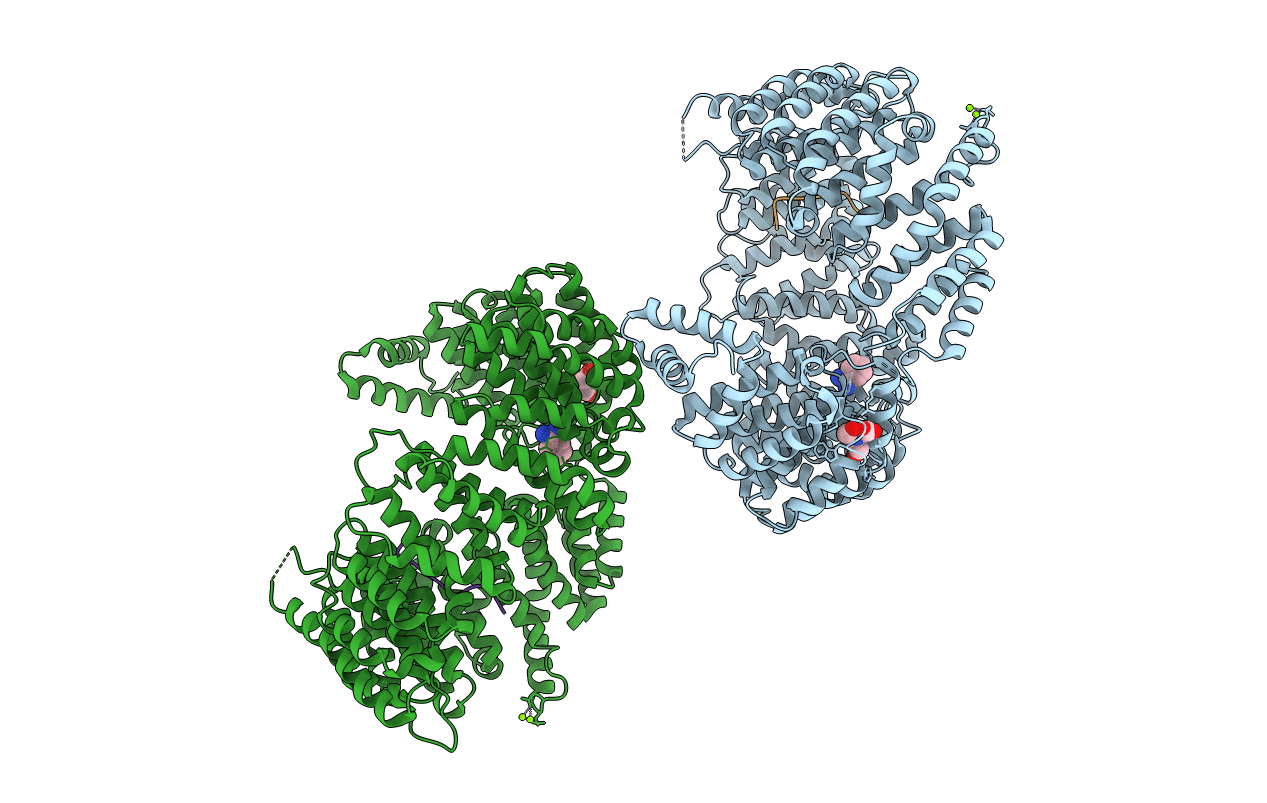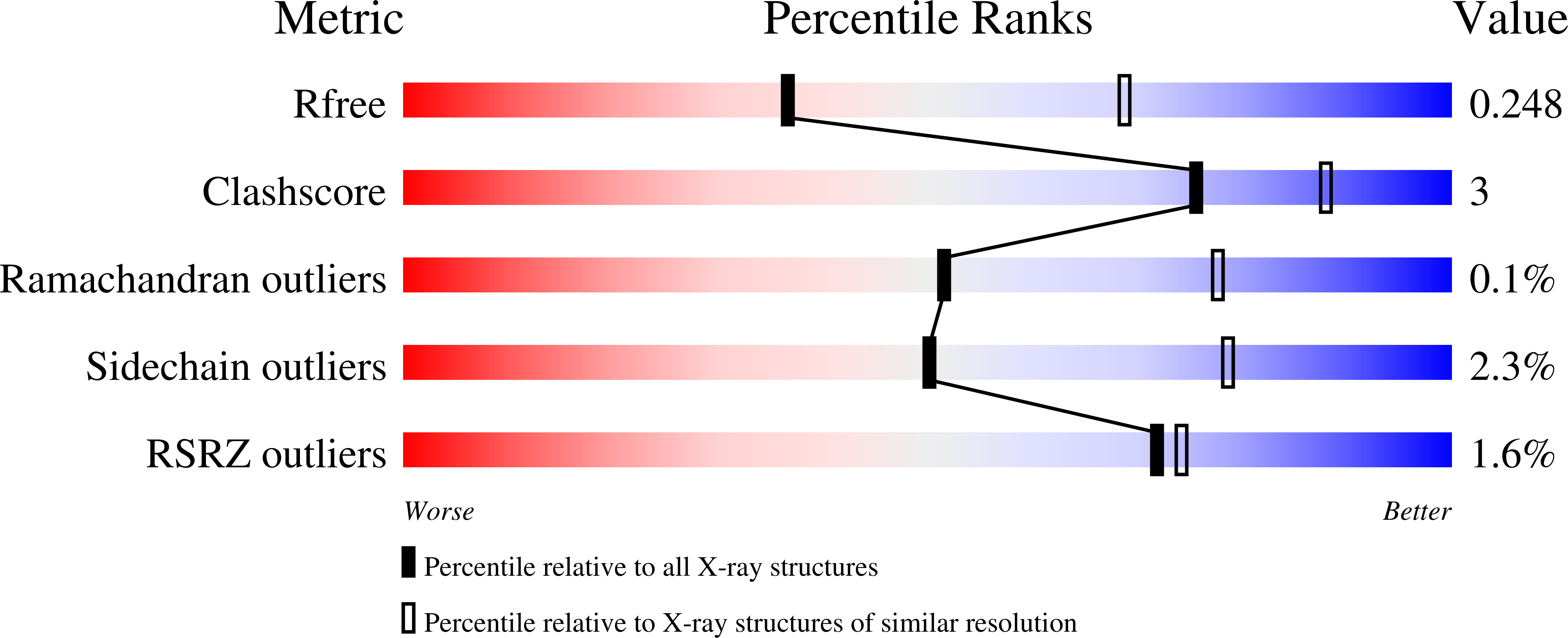
Deposition Date
2018-06-26
Release Date
2019-03-13
Last Version Date
2025-10-01
Method Details:
Experimental Method:
Resolution:
2.70 Å
R-Value Free:
0.24
R-Value Work:
0.21
R-Value Observed:
0.21
Space Group:
P 63 2 2


